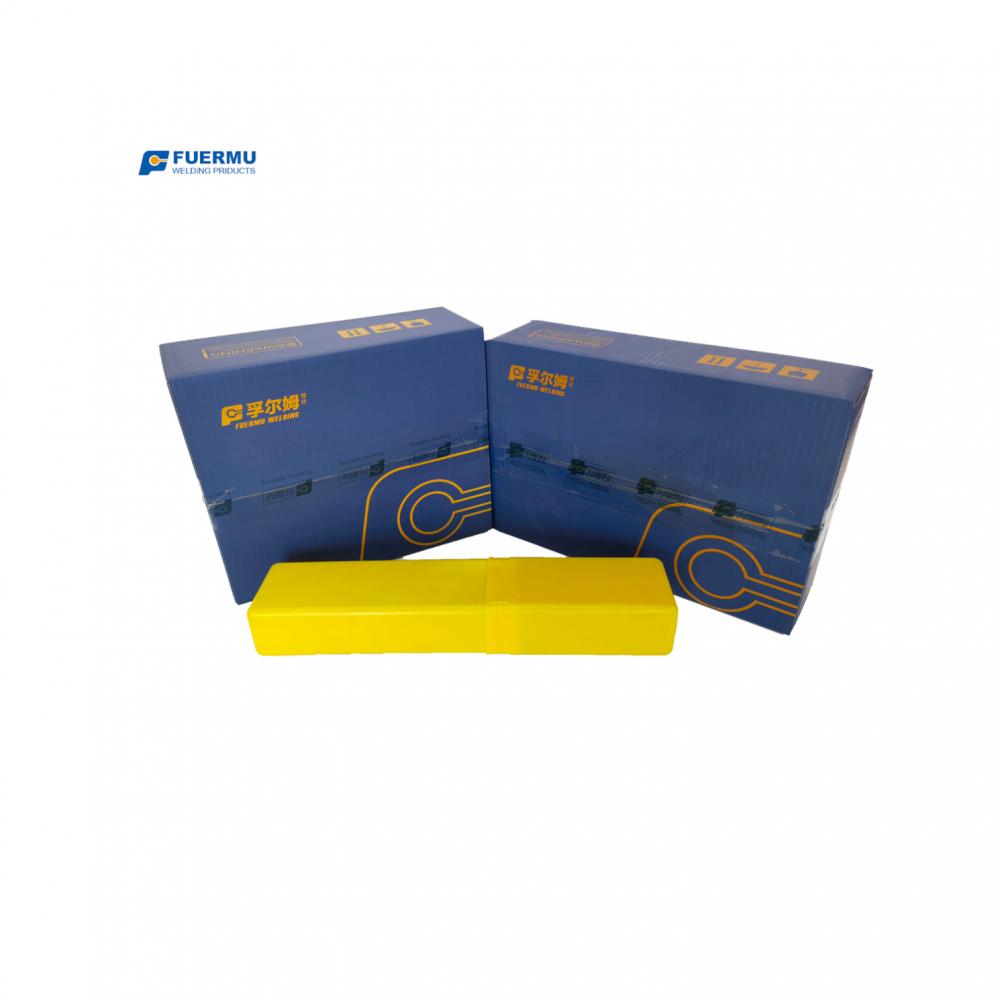The 4-day event for the heating and air-conditioning industry, the 6th China International Heating, Air Conditioning, Sanitaryware and Urban Equipment and Technology Exhibition (ISH), took place at the Beijing International Exhibition Center from March 14 to March 17. Among the many exhibitors, Denmark’s leading industrial company Danfoss made a strong impression with its impressive lineup of products, including the newly launched "Ino" series of gas thermostatic valves and advanced heat exchange station technology. These innovations captured the attention of visitors, industry professionals, and media alike.
The "Ino" gas thermostat valve, known for its sleek design and superior performance, attracted significant interest from manufacturers and engineers. As one of the most advanced thermostatic valves in the world, it was recognized with the GoldenInstaller Gold Award in Europe. Danfoss, which entered the Chinese market over a decade ago, has long been a leader in heating technology, continuously pushing the boundaries of innovation and efficiency.
Launched in early 2006, the "Ino" series was the first gas-filled thermostatic valve in the world, setting a new standard in the industry. With its fast response time—only 70% of the time required by traditional liquid-based models—the Ino series significantly improves temperature control, reducing energy waste and enhancing user comfort.
Danfoss has also introduced a compact, energy-efficient design that allows for more precise temperature regulation. This not only helps reduce heating costs but also supports environmental sustainability. The company is committed to providing cutting-edge solutions that meet the growing demand for energy-efficient heating systems in China, especially as urbanization continues to accelerate.
According to Mr. Ai Jianchuan, Sales Director of Danfoss’ Residential Heating and HVAC Department, the Ino series represents the latest advancement in thermostatic valve technology, already successfully implemented in Europe. Danfoss remains the only global company to offer such advanced technology.
With the increasing adoption of centralized heating systems in China, there is a growing need for efficient control and metering solutions. Danfoss’ hydraulic balancing systems help address these challenges, offering comprehensive solutions that enhance both comfort and energy efficiency. Studies have shown that using thermostatic valves can save up to 20% in energy consumption, making them a valuable asset for modern buildings.
In addition to its residential offerings, Danfoss has also expanded its presence in the commercial sector. Its fully automated heat exchange units, produced at its state-of-the-art plant in Wuqing, Tianjin, cater to a wide range of applications—from single homes to large-scale commercial buildings. Danny Carsten, President of Danfoss China and Asia Pacific Heat Division, emphasized the company’s commitment to providing energy-efficient and environmentally friendly solutions tailored to China’s unique needs.
Looking ahead, Danfoss aims to further strengthen its position in the Chinese heating market, leveraging its global expertise and local production capabilities. With a strong focus on sustainability and innovation, the company continues to play a key role in supporting China’s efforts toward energy conservation and environmental protection.
Stainless Steel Welding Electrodes
STAINLESS STEEL Welding Electrode:
Stainless steel electrode refers to a type of electrode coated with stainless steel as raw material. It can be divided into chromium stainless steel electrode and chrome-nickel stainless steel electrode, which are widely used in chemical industry, chemical fertilizer, petroleum, medical machinery manufacturing and other industries.
In addition to meeting the general welding process performance and mechanical properties of welded joints, stainless steel electrodes must also ensure that the welded joints can meet certain corrosion resistance requirements. For coatings and cores, the following requirements are generally considered:
1) Through the transition of various alloying elements through the welding core and coating, the weld metal contains a certain amount of austenite and ferrite structure, so as to ensure that the weld metal has both good crack resistance and good crack resistance. The ability of the corresponding medium to corrode.
2) Through the welding core or coating, a certain amount of carbide-forming elements (such as niobium, molybdenum, titanium, etc.) can be infiltrated into the weld metal to form stable carbides with carbon to prevent the formation of chromium carbides at the grain boundaries thing.
3) The increase of carbon will cause intergranular corrosion in the weld of austenitic stainless steel (or ferritic stainless steel), so the carbon content in the welding core and coating raw materials should be strictly controlled. It is recommended to use low carbon or super Low-carbon welding cores use low-carbon or carbon-free iron alloys and metal elements as raw materials for the coating.
4) Strictly control the sulfur and phosphorus content in the stainless steel welding core and coating to reduce the risk of weld thermal cracks.

If you have any questions, please contact with us directly. Welcome you can visit our Factory.For inquiry, please send mail directly to us.
Stainless Steel Welding Electrodes,Stainless Steel Welding Rod,Ss Welding Rod,Stainless Welding Rod
JIANGSU FUERMU WELDING CORPORATION , https://www.fuermuwelding.com
